Have you ever wondered what was the capital of the Philippines before Manila? The answer to this question lies in a fascinating journey through time, taking us back to the ancient precolonial era of the Philippine civilization. Let’s dive into the rich history of the Philippines and uncover the secrets of its previous capital.
Key Takeaways:
- The history of the Philippines stretches back to antiquity, and Manila is not its original capital.
- Before Manila, there were other cities and civilizations that played a significant role in shaping the region’s history.
- The pre-Spanish era saw the rise of ancient capitals like Tondo and the Kingdom of Maynila.
- Spanish colonialization and American influence further shaped Manila’s identity as the Philippines’ capital.
- Understanding the previous capital of the Philippines offers valuable insights into the country’s diverse cultural heritage.
Ancient Tondo (1st millennium–1589)
Tondo, an ancient capital of the Philippines, played a significant role in the precolonial Philippine civilization. It existed from the 1st millennium to 1589 and was a highly developed city with a strong economy and extensive trade networks.
The city of Tondo flourished during this period, attracting traders from neighboring regions and becoming a hub of commerce and cultural exchange. Its strategic location along river routes and proximity to the sea facilitated maritime trade, contributing to its economic prosperity.
Tondo was known for its skilled artisans, who produced intricate crafts and artifacts that reflected the city’s rich cultural heritage. These artifacts often showcased the craftsmanship of the Tagalog people, who inhabited the area and played a pivotal role in the growth and development of Tondo.
As a precolonial capital, Tondo served as a center for political power and governance. The ruling elite, known as the lakans, exercised authority over the city and surrounding territories. They maintained a complex social structure and practiced agricultural and maritime activities to support the city’s population.
“Tondo stands as a testament to the advanced civilization that thrived in precolonial Philippines. Its economic prosperity and cultural richness shaped the landscape of the region.”
One of the notable figures in Tondo’s history is Rajah Matanda, who ruled the city during the 16th century. He played a significant role in resisting Spanish colonization and defending the indigenous culture and traditions of the Tagalog people.
The legacy of Tondo continues to resonate in modern-day Manila. The archaeological discoveries and historical records from the city provide valuable insights into the precolonial Philippine civilization and its contributions to the cultural tapestry of the nation.
| Era | Economy | Trade Networks | Political Governance |
|---|---|---|---|
| 1st millennium–1589 | Economically developed | Strong trade networks | Center of political power |
Kingdom of Maynila (1500–1571)
The Kingdom of Maynila, a prosperous and influential city-state, thrived from 1500 to 1571. It held the distinction of being the pre-Spanish capital of the Philippines and played a vital role in shaping the region’s political and economic landscape.
The Kingdom of Maynila, known for its strong leadership and strategic location, commanded authority over neighboring settlements and engaged in extensive maritime trade. Its status as a prominent city-state attracted merchants from various regions, contributing to its economic growth and cultural diversity.
“Maynila, with its strategic location and thriving trade networks, serves as a testament to the economic and political significance of pre-Spanish Philippine civilizations.”
– Historian Amelia Martinez
Trade and Cultural Exchange
The Kingdom of Maynila was a bustling center for trade, where merchants from China, Southeast Asia, and other parts of the world converged. Its maritime connections facilitated the exchange of goods, ideas, and cultural practices, enriching the local society and establishing diplomatic relations with foreign powers.
The city’s cosmopolitan nature attracted traders seeking valuable commodities such as gold, ceramics, spices, and textiles. The Kingdom of Maynila’s presence in the international trade network bolstered its economic power and elevated its status as a regional hub.
A Political Force in the Region
The Kingdom of Maynila was not only an economic powerhouse but also a formidable political force in the region. It exercised influence over nearby polities and engaged in alliances and conflicts, shaping the dynamics of power in pre-Spanish Philippines.
Under the leadership of Rajah Alon, the Kingdom of Maynila expanded its territory and established diplomatic relations with neighboring city-states. It formed alliances with other prominent polities such as Tondo, ensuring continued influence and mutual protection.
The Kingdom of Maynila’s central location allowed it to redirect and control trade routes passing through its domain, further solidifying its importance as a political and economic power.
Ultimately, the Kingdom of Maynila’s reign as a pre-Spanish capital of the Philippines left a lasting legacy on the region’s historical and cultural landscape. Its prominence in trade and politics paved the way for future developments that would shape the destiny of Manila and the Philippines as a whole.
“The Kingdom of Maynila, with its prosperous economy and strategic location, laid the foundation for Manila’s future as the capital of the Philippines.” – Historian Carlos Santos
Spanish Colonialization (1565–1898)
After the Spanish conquest in 1565, Manila became the seat of the colonial government, marking the beginning of the Spanish colonialization period. The Spanish authorities established their administrative center within the fortified walls of Old Manila, which were constructed to protect the city from foreign invasions and native uprisings. These fortified walls have become an enduring symbol of Manila’s rich history and the Spanish influence that shaped its development.
Under Spanish rule, Manila grew into a significant trading hub, playing a crucial role in the global trade network. The Manila-Acapulco trade route, also known as the Galleon Trade, connected Manila with the Americas, fostering extensive commerce and cultural exchange. This trade relationship allowed the Spanish to control the flow of goods such as spices, silk, and precious metals between Asia and Europe.
Manila’s strategic location in the Spanish East Indies made it an essential center for colonial operations. The city served as the capital of the Spanish East Indies, governing the Philippine territories and facilitating economic activities throughout the region for over three centuries. Spanish colonialization greatly influenced the societal, cultural, and architectural aspects of Manila, leaving a lasting impact on the city’s character.
“The rich history of Spanish colonialization in Manila has shaped the city into the vibrant metropolis it is today, offering a captivating blend of both Spanish and indigenous influences.”
During this period, the Spanish government and Catholic Church played a pivotal role in shaping Manila’s governance, institutions, and religious practices. The city saw the construction of grand churches, monasteries, and government buildings, reflecting the religious and civic authority of the Spanish colonial administration.
The Spanish East Indies
Manila’s role as the capital of the Spanish East Indies solidified its position as the regional center of power under Spanish colonial rule. The Spanish East Indies encompassed a vast territory, including the Philippines, Guam, Micronesia, and the Moluccas.
| Spanish East Indies | Colonial Territories |
|---|---|
| Philippines | Manila, Cebu, Iloilo, and more |
| Guam | Hagåtña |
| Micronesia | Caroline Islands, Palau |
| Moluccas | Ternate, Tidore |
The Spanish colonial rule left a profound impact on the region’s population, culture, and economic landscape. The legacy of Spanish colonialization in Manila can still be seen in its architecture, religion, language, and cuisine, creating a unique blend of Eastern and Western influences that define the city’s identity.
British Occupation (1762-1764)
In 1762, Manila found itself under British occupation during the tumultuous years of the Seven Years’ War. The British forces successfully captured the city, temporarily bringing an end to Spanish control.
The British occupation of Manila proved significant in the larger context of the war, as it showed the vulnerability of Spanish colonial territories. However, the Spanish military did not surrender. They regrouped in Pampanga, a province in the Philippines, and launched a relentless resistance against the British forces.
The Spanish military’s efforts to harass and disrupt the British occupiers of Manila were not in vain. The relentless attacks and constant harassment took their toll on the British forces, making their occupation increasingly unsustainable.
“This occupation revealed the resilience and determination of the Spanish military in defending their territory,” remarks historian Dr. Maria Cruz. “Their successful resistance efforts from the province of Pampanga played a critical role in the eventual restoration of Spanish control over Manila.”
Through strategic planning and continuous pressure from the Spanish military, the city of Manila was eventually returned to Spanish control in 1764. The Treaty of Paris marked the end of the British occupation and the restoration of Spanish authority.
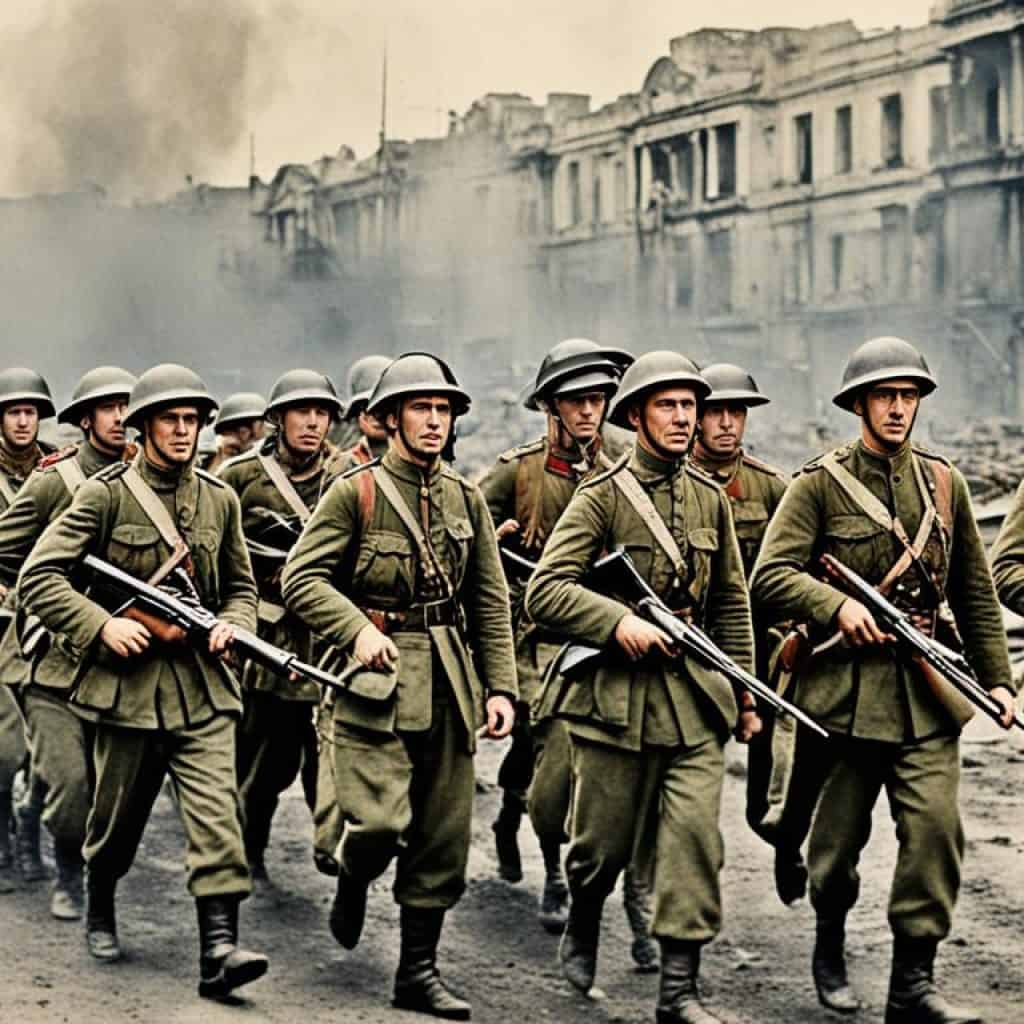
Inset: Image depicting a historical representation of the British occupation in Manila during the Seven Years’ War.
American Period (1898–1942)
After the Spanish-American War, the Philippines entered a new era under American rule. This period brought significant developments to Manila, the capital city, reshaping its landscape and institutions.
One of the notable changes during the American period was city planning, spearheaded by the renowned architect and urban planner Daniel Burnham. Burnham’s vision for Manila aimed to transform it into a modern metropolis. He proposed wide boulevards, parks, and grand public buildings to enhance the city’s aesthetics and functionality.
The American government recognized the importance of education and placed a strong emphasis on establishing a comprehensive educational system in Manila. Schools and universities were built, improving access to education and providing opportunities for intellectual growth and advancement.
“The American period marked a turning point in Manila’s urban development and education system. It was a time of progress and transformation as the city embraced modernization and new ideas.”
As Manila continued to grow and modernize, the American period laid the foundation for future advancements. The city’s infrastructure and educational institutions set the stage for Manila’s development into a thriving global city.
Urban Planning by Daniel Burnham
Daniel Burnham’s city plan for Manila was ambitious and far-reaching. He envisioned a city that would embody efficiency, beauty, and order. Burnham’s plan included broad avenues, open spaces, and integrated parks that connected various parts of the city. The most notable example of Burnham’s city planning efforts was the creation of Luneta Park (now known as Rizal Park), a green oasis in the heart of Manila.
Burnham’s plan also emphasized the importance of preserving and showcasing Manila’s historical and cultural heritage. Landmarks such as Intramuros, the walled city, were restored to their former grandeur, becoming a testament to the city’s rich history.
Advancements in the Educational System
The American period brought significant improvements to the educational system in Manila. Schools and universities were established, catering to the growing demand for education among the city’s residents. The American government placed a strong emphasis on providing quality education and promoting English as the medium of instruction.
These educational institutions became centers of learning and intellectual exchange, attracting students and scholars from various parts of the Philippines and beyond. Manila became a hub for educational advancements, playing a crucial role in the development of the country’s intellectual and cultural landscape.
| Developments during the American Period | Impact on Manila |
|---|---|
| City planning by Daniel Burnham | Transformed the city’s infrastructure and aesthetics |
| Establishment of educational institutions | Improved access to education and intellectual growth |
| Emphasis on English as the medium of instruction | Promoted linguistic and cultural exchange |
The American period was a time of rapid change and progress in Manila. The city’s urban landscape was redesigned, educational opportunities flourished, and Manila began its journey towards becoming a modern and cosmopolitan capital.
World War II and Reconstruction
During World War II, Manila became the site of intense conflict and suffered significant destruction. The Battle of Manila in 1945 resulted in the city being one of the most destroyed in the world.
The sequel to the Battle of Manila was a long period of reconstruction. Extensive efforts were made to rebuild the city and restore it to its former glory post-war. These reconstruction initiatives aimed to revitalize the city and create a better future for its citizens.
“The Battle of Manila was a turning point in the history of the city. It brought immense destruction, but it also marked the beginning of a new chapter of resilience and renewal.” – Filipino historian, Dr. Josefa Manalili
Reconstruction efforts focused on restoring key landmarks, public infrastructure, and residential areas that were heavily damaged during the war. The aim was not only to rebuild the physical structures but also to restore the spirit and identity of Manila.
Despite the challenges, the post-war period saw remarkable progress in the reconstruction of Manila. The city emerged as a symbol of resilience and determination, demonstrating the indomitable spirit of its people.
Image: Battle of Manila
Metropolitan Manila (1975–present)
Since its establishment as an independent entity in 1975, Metropolitan Manila has emerged as the economic center of the Philippines. This vibrant metropolis has experienced rapid urbanization and population growth, making it a significant player in the region’s development.
The rise of Metropolitan Manila as an economic powerhouse can be attributed to various factors. The presence of major industries, such as finance, manufacturing, and information technology, has fueled economic growth and attracted both local and international investments. The city’s strategic location and modern infrastructure have also contributed to its status as an economic hub.
The urbanization of Metropolitan Manila has been remarkable, with a growing number of people flocking to the city in search of better opportunities and a higher standard of living. The population has expanded exponentially, leading to the development of new residential areas and the expansion of urban infrastructure.
To illustrate the growth of Metropolitan Manila, consider the following:
| Year | Population (in millions) |
|---|---|
| 1975 | 5.9 |
| 1990 | 8.8 |
| 2010 | 11.9 |
| 2021 | 13.2 |
As indicated in the table above, the population of Metropolitan Manila has grown steadily over the years, highlighting the region’s attractiveness and the opportunities it offers to residents.
While the economic growth and urbanization of Metropolitan Manila have brought numerous benefits, they have also posed challenges. The rapid influx of people has strained the city’s infrastructure and public services, particularly in terms of transportation, housing, and waste management. However, ongoing efforts and investments are being made to address these issues and ensure sustainable development.
“Metropolitan Manila has evolved into a bustling economic center, attracting businesses and individuals seeking opportunities and growth.”
The future of Metropolitan Manila looks promising, with the government and private sector collaborating to further enhance its economic potential. Initiatives are underway to improve transportation systems, develop sustainable urban planning strategies, and promote innovation and entrepreneurship.
The story of Metropolitan Manila’s transformation into an economic powerhouse is a testament to the city’s resilience and adaptability. As the population continues to grow and urbanization accelerates, Metropolitan Manila will remain a vital driver of economic progress in the Philippines.
The Economic Significance of Metropolitan Manila
Metropolitan Manila’s economic importance extends beyond its borders, contributing significantly to the national GDP. With its diverse industries and business-friendly environment, the region attracts both local and foreign investments, generating employment opportunities and fostering economic growth.
Key industries and sectors driving Metropolitan Manila’s economy include:
- Finance and banking
- Manufacturing
- Information technology and business process outsourcing (IT-BPO)
- Tourism and hospitality
- Real estate and construction
The concentration of these industries in Metropolitan Manila has created a dynamic business ecosystem, attracting skilled professionals and entrepreneurs from across the country.
“Metropolitan Manila’s economic prowess has made it a magnet for investments, driving job creation and economic growth in the Philippines.”
Furthermore, Metropolitan Manila serves as a gateway for international trade, being home to major ports and airports that facilitate the flow of goods and services. The city’s strategic location in Southeast Asia enhances its position as a regional economic center and a hub for transnational commerce.
Outlook for Metropolitan Manila’s Economic Growth
As Metropolitan Manila continues to evolve as an economic center, various factors will shape its future growth. These factors include:
- Investments in infrastructure development and transportation networks
- Promotion of sustainable and inclusive urban planning
- Support for innovation and technology-driven industries
- Expansion of education and skills development programs
By focusing on these areas, Metropolitan Manila can further strengthen its position as a regional powerhouse, driving economic progress not just within the Philippines but also in the broader Southeast Asian context.
In conclusion, Metropolitan Manila has transformed into an economic center that drives urbanization and population growth in the Philippines. Its resilience and adaptability have allowed it to overcome challenges and emerge as a vibrant and dynamic city. With continued investments and strategic planning, the future of Metropolitan Manila looks bright, promising sustained economic growth and prosperity.
Etymology of Manila
The name Manila is derived from Maynilà, a native placename that means “where indigo is found.” It is related to the Sanskrit word nīla, which refers to indigo. The name likely refers to the presence of indigo-yielding plants in the area.
Indigo in Maynilà
In the etymology of Manila, the connection to indigo is fascinating. Indigo is a deep blue dye that has been highly valued throughout history. It was once a significant agricultural product in Maynilà, where indigo-yielding plants thrived.
The utilization of indigo dye played a crucial role in various aspects of ancient Maynilà society. From textiles to religious rituals and even medicinal practices, indigo was a versatile resource that had both economic and cultural significance.
“The name Manila’s connection to indigo highlights the importance of this plant as a valuable resource in Maynilà’s history.”
Historical Significance
The presence of indigo and its association with the name Maynilà sheds light on the region’s vibrant history. It suggests the existence of a thriving indigenous civilization that had knowledge of indigo cultivation and utilization, further enriching the narrative of precolonial Philippine culture.
Understanding the etymology of Manila provides us with a glimpse into the lives and practices of the early inhabitants of the area. It is a reminder of the rich and diverse cultural heritage that has shaped the city’s identity over centuries.
Indigo Symbolism
Beyond its practical uses, indigo holds symbolic significance. The deep blue color represents calmness, peace, and serenity. It evokes a sense of tranquility and stability, which may reflect the desired state of Maynilà during its early history.
The indigo plant’s connection to the name Manila emphasizes the deep-rooted ties between the land, its people, and the natural resources that sustained them. It serves as a reminder of the intricate relationship between humans and their environment.
Prehistory and Austronesian Migrations
The prehistory of Manila is intricately linked to the Austronesian migrations that brought the Tagalog people and their language to the region. These migrations, which occurred around 2,000 to 1,500 BC, shaped the early culture and society of Manila.
The Austronesian migrations were a significant historical event that profoundly influenced the development of Southeast Asian cultures. These seafaring people hailed from what is now Taiwan and embarked on an extraordinary journey across vast oceanic expanses, spreading their language, culture, and technology.
“The Austronesian migrations were a pivotal moment in human history, leading to the establishment of diverse societies and the formation of linguistic and cultural connections across the Pacific and Indian Oceans.”
The Tagalog people, descendants of the Austronesian migrants, settled in Manila and the surrounding areas, where they established agricultural communities. These early settlements laid the foundation for the prosperous and vibrant city that would become Manila.
The Proto-Philippine language, from which modern Tagalog and other Philippine languages evolved, formed the linguistic basis of these early societies. As the Tagalog people interacted with neighboring communities, their language absorbed elements from other Austronesian languages, creating a rich linguistic tapestry that still resonates today.
Austronesian Migrations in Southeast Asia
| Migrations | Timeline (2,000 – 1,500 BC) | Key Destinations |
|---|---|---|
| Austronesian Migrations | 2,000 – 1,500 BC | Taiwan, Philippines, Indonesia, Malaysia, Melanesia, Polynesia |
| Tagalog Migrations | 1,000 – 500 BC | Manila, Luzon, Central and Southern Philippines |
The Austronesian migrations and the subsequent settlement of the Tagalog people in Manila represent a significant chapter in the prehistory of the Philippines. Understanding these historical events allows us to appreciate the deep-rooted cultural heritage of Manila and its people.
Early History and Rajahnate of Maynila
The early history of Manila reveals the rich tapestry of civilizations that once thrived in this region. During ancient times, the area was home to the Rajahnate of Maynila, a powerful and influential kingdom that held sway over the surrounding lands. Alongside Maynila, other settlements such as Tondo and Namayan also played significant roles in shaping the early history of Manila.
The Rajahnate of Maynila emerged as a paramount political entity in the 10th century, establishing its reign over parts of present-day Manila. It was known for its sophisticated governance, thriving economy, and extensive trade networks that connected it to other regions in Southeast Asia. Maynila was an important hub for commerce and cultural exchange, attracting traders and visitors from far and wide.
Tondo, another prominent settlement in the area, coexisted with the Rajahnate of Maynila and flourished during the same period. It was a bustling center of trade and commerce, benefiting from its strategic location along the Pasig River. The Tondo settlement was characterized by its vibrant marketplaces, bustling activity, and its interactions with neighboring communities.
Namayan, on the other hand, was a smaller settlement that occupied a part of present-day Manila. It was known for its skilled craftsmen and artisans and actively participated in regional trade. While Namayan may have been overshadowed by the Rajahnate of Maynila and Tondo, it nonetheless contributed to the cultural and economic diversity of the Manila region.
The early history of Manila, encompassing the Rajahnate of Maynila, Tondo, and Namayan, showcases the vibrant and dynamic nature of the region. These ancient civilizations set the stage for the future growth and development of Manila, leaving behind a legacy that continues to shape the city to this day.
| Settlement | Significance |
|---|---|
| Rajahnate of Maynila | A paramount political entity with intricate governance and flourishing trade networks. |
| Tondo | A bustling center of commerce and trade with strategic location along the Pasig River. |
| Namayan | A smaller settlement known for its skilled craftsmen and active participation in regional trade. |
Spanish Colonial Settlements
During Spanish colonial rule, Manila experienced significant expansion beyond its walls. As the capital of the Philippines, Manila attracted settlers from different regions, leading to the emergence of various settlements and villages around the city.
These settlements played a crucial role in the economic and social development of Manila. They served as centers for trade and commerce, with bustling marketplaces where locals and foreigners exchanged goods and ideas. The villages around Manila became vibrant hubs of activity, contributing to the growth and prosperity of the capital.
One notable aspect of the Spanish colonial settlements was the construction of churches near the marketplaces. Roman Catholicism, brought by the Spanish missionaries, took root and became an integral part of Manila’s identity. The presence of churches in the settlements not only provided spiritual guidance but also served as a testament to the enduring influence of Roman Catholicism in the daily lives of the people.
Overall, the Spanish colonial settlements in Manila created a dynamic and diverse urban landscape, where trade, culture, and religion intertwined to shape the city’s character and legacy.
American Influence and Quezon City
The American era brought significant influence and advancements to Manila, shaping the city’s trajectory in various aspects. One notable development during this time was the establishment of Quezon City as a potential new capital of the Philippines. However, Manila ultimately remained the capital, retaining its historical significance and importance.
Under American influence, the education system in Manila underwent a transformation. The American government introduced reforms and invested in improving the quality and accessibility of education. The focus was on providing opportunities for all citizens to receive a quality education, fostering intellectual growth, and preparing the workforce for the changing demands of the industrializing world.
“The American era brought advancements in the education system, industrialization, and infrastructure development.”
Industrialization was another key aspect of American influence in Manila. The Americans introduced modern industrial practices, technologies, and infrastructure that fueled economic growth and progress in the city. This led to the establishment of factories, improved transportation networks, and the expansion of trade and commerce. Manila became a bustling center of industry and a catalyst for economic development in the country.
The American influence is still evident in the architectural heritage of Manila. Numerous buildings and structures built during this period showcase American architectural styles and influences. These architectural gems serve as a reminder of Manila’s history and the cultural exchange between the Philippines and the United States.
One example of such architecture is the Quezon Memorial Circle, a national park located in Quezon City. It commemorates the first President of the Philippines, Manuel L. Quezon, and stands as a symbol of the enduring ties between the two nations. The park features a grand monument and a museum that tells the story of Quezon’s leadership and the era of American influence.
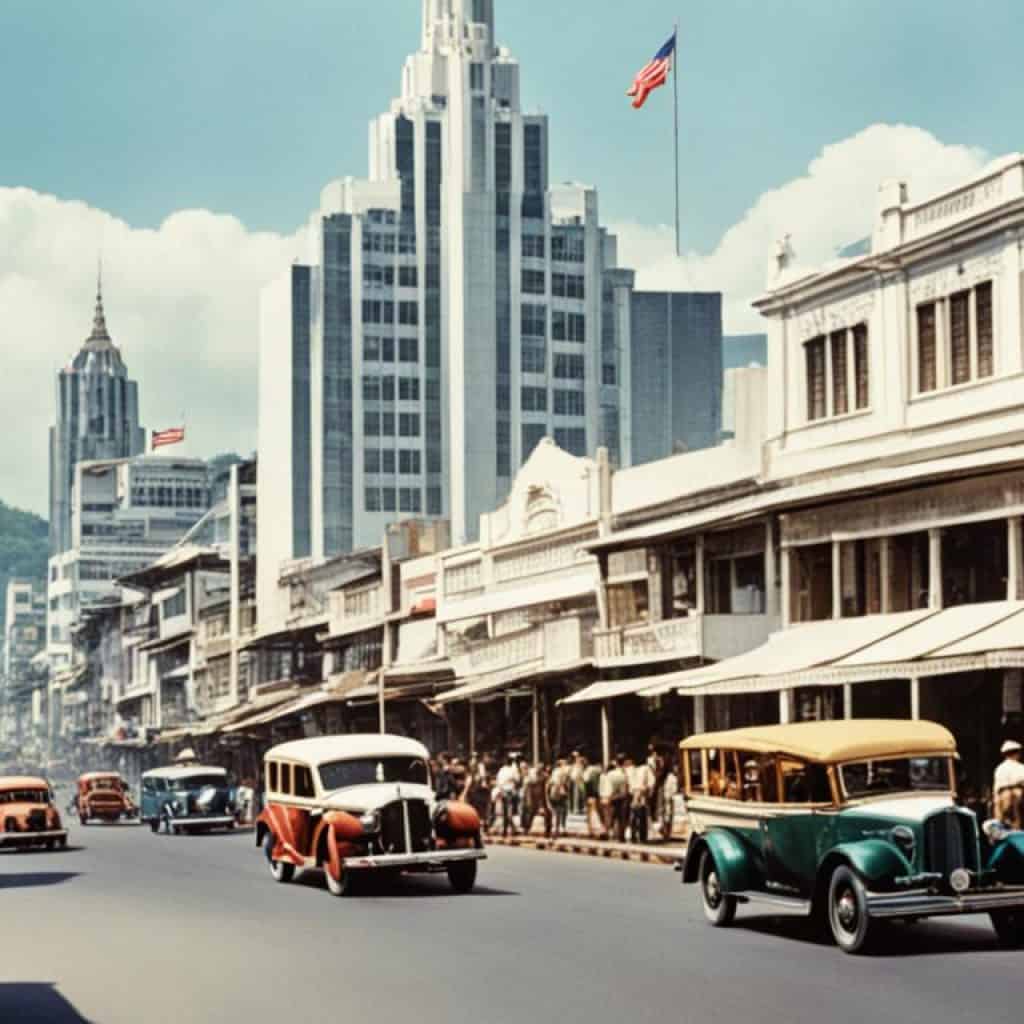
The American influence in Manila and the establishment of Quezon City as a potential capital played a significant role in the city’s development. Despite the ambitions for a new capital, Manila’s historical and cultural significance prevailed, solidifying its position as the capital of the Philippines.
Conclusion
The history of Manila as the capital of the Philippines before Manila reveals a rich and complex heritage. From ancient indigenous civilizations to Spanish and American influences, Manila has evolved into a vibrant and dynamic city. Understanding its past helps us appreciate the significance of Manila as a historical and cultural hub in the Philippines.
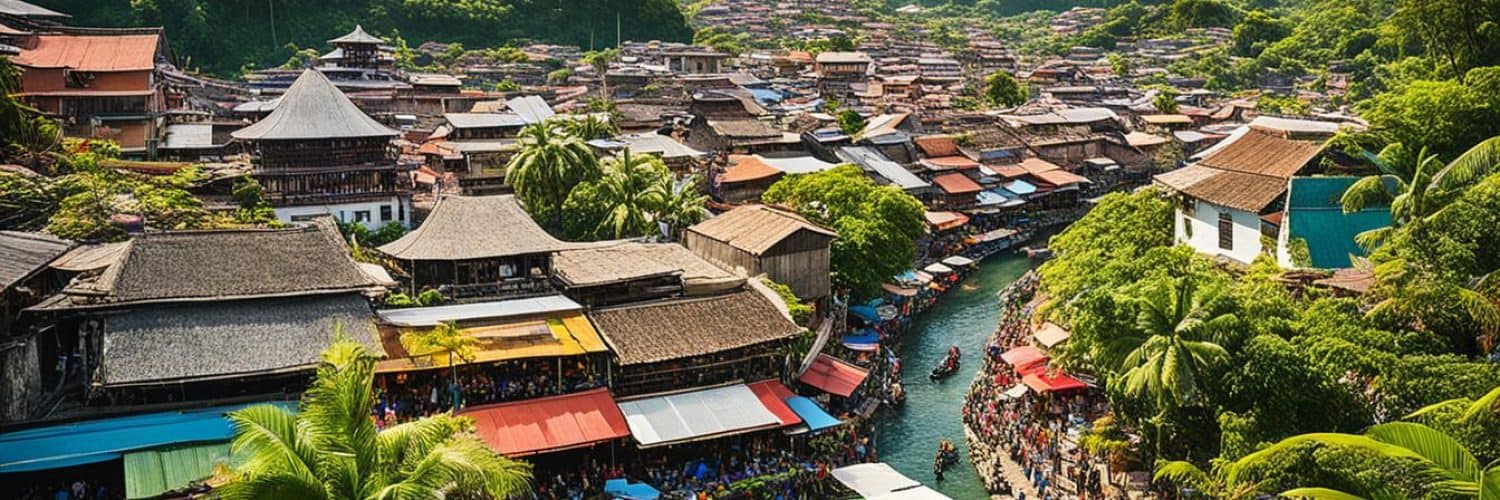

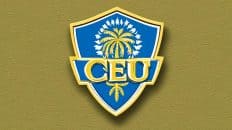
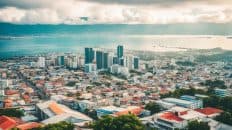














Add comment